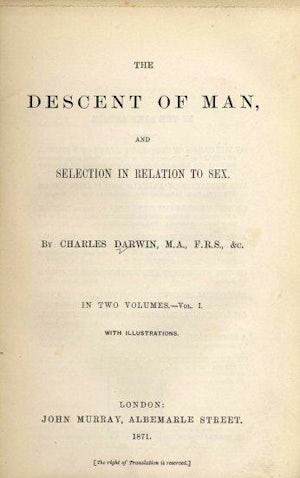July 4, 1911. The Iowa legislature passes "An Act to prevent the procreation of habitual criminals, idiots, feeble-minded, and imbeciles". The bill was introduced to the Legislature by representative Eli C. Perkins.
The aim of the legislation was to prevent the procreation of people living in state institutions thought to be mentally "unfit". The legislation specified who was responsible for overseeing sterilization operations, on what grounds operations could be carried out, and what surgical procedures should be used.
This legislation required that a board of examiners decide on individual cases. This board consisted of qualified surgeons or physicians along with the superintendent of the institution. If patients were thought to be at risk of procreating children with a tendency to disease, crime, insanity, feeble-mindedness, idiocy, imbecility, sexual perversion or who were convicted of crime, then sterilization operations could be approved. The surgical procedures for sterilization would either involve vasectomy or "tying" the fallopian tubes. The legislation also included restrictions on how those found guilty of abusing the law could be criminally liable. Penalty for unnecessary operations could result in fines up to, but no more than, one thousand dollars or could result in imprisonment for up to five years (Laughlin, 1914).
This legislation was repealed soon after it was passed. It was replaced in 1913 by a second version but which was, in turn, then deemed unconstitutional and replaced a third time. This third version of the law lasted until 1979. In essence, these later versions of the law restricted the conditions for when sterilization operations could be performed (Kaelber, 2011).
For more info visit here.
-Luke Kersten
Laughlin, H. (1914). The Legal, Legislative, and Administrative Aspects of Sterilization. National Information Resource on Ethics and Human Genetics website. Retrieved from http://dnapatents.georgetown.edu/resources/Bulletin10B.pdf.
Kaelber, L. (2011). Eugenics: Compulsory Sterilization in 50 American States. Retrieved from http://www.uvm.edu/~lkaelber/eugenics/IA/IA.html.
 1869:
Galton publishes Hereditary Genius
1869:
Galton publishes Hereditary Genius
 1871:
Charles Darwin publishes The Descent of Man
1871:
Charles Darwin publishes The Descent of Man